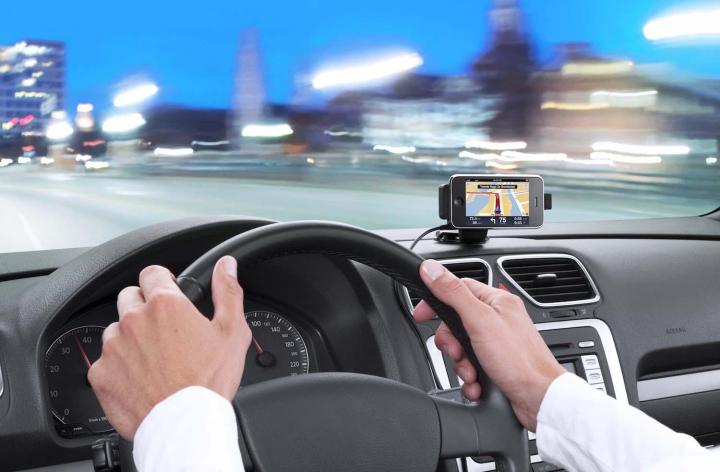
CEO Harold Goddijn told Reuters that the digital mapping architecture it uses has been overhauled, providing location data accurate and fast enough to match even Google. This means it can meet the safety requirements needed for computer assisted driving.
“We are seen by our customers as the guys with the right ideas on how you do those things,” Goddijn said. Its a positive outlook for a company that has managed to hang on after a tumultuous decade.

After dealing with a saturated GPS navigation market and the proliferation of smartphone navigation, TomTom is relying on new contracts with companies like Volkswagen, Kia, and Fiat to move the company in a positive direction.
After licensing its digital maps to Apple for its in-house Maps app (which worked out splendidly), the company has been building up its map making tech that will work in conjunction with the numerous sensors appearing on cars today.
“It’s exciting and it’s scary, because millions of cars will come and there’s tons of data going to be produced,” Goddijn said. These sensors, combined with TomTom’s digital mapping architecture, can send feedback to servers and be redrawn on the fly, to be immediately shared with other drivers.
In terms of autonomous vehicles, this collected information would be vital in updating cars on the move of any hazardous road conditions they may encounter, assuring the safety of passengers. We’ve all heard stories of drivers blindly following the guidance of their GPS into lakes, so imagine something similar, but with a non-updated car. Going against Google and Nokia’s HERE map-making branch, TomTom has some stiff competition, but in their efforts to be the best, we’ll get better maps, and that means a safer future for us all.


